Introduction
Welcome to the fascinating world of Philodendron Squamiferum! In this introductory section, you will uncover the origins, classification, and common names of this stunning tropical plant. Get ready to embark on a journey through the lush green world of Philodendrons and discover what makes Squamiferum a prized houseplant.
A. Origins and Classification of Philodendron Squamiferum
Philodendron Squamiferum, a magnificent tropical plant, hails from the lush rainforests of Brazil, Central, and South America. This exceptional plant belongs to the Araceae family, which hosts numerous other popular tropical houseplants such as the Monstera and Pothos. As part of the Philodendron genus, Squamiferum is a close relative of other popular species, including Philodendron Gloriosum and Philodendron Birkin.
B. Unique Characteristics
So, what sets Philodendron Squamiferum apart from other houseplants? First and foremost, this alluring species showcases striking, deep green leaves with elongated, lobed shapes that instantly draw the eye. Additionally, Squamiferum’s most distinguishing feature is its remarkable petioles, which sport a reddish hue and a coat of tiny, soft hairs, resembling the appearance of bristles.
C. Common Names of Philodendron Squamiferum
While Philodendron Squamiferum remains its scientific name, this captivating plant also goes by a few common names, making it easily recognizable to houseplant enthusiasts. You might hear it referred to as the “Hairy Philodendron” or “Red Bristle Philodendron” due to its distinctive, hairy petioles. These colloquial titles perfectly capture the essence of the Squamiferum’s unique characteristics.
Description

With its spectacular structural characteristics and spellbinding aesthetics, Philodendron Squamiferum never fails to catch the eye of plant lovers. Let’s delve into understanding what makes this tropical beauty stand out from the crowd.
A. Distinctive Characteristics
When you first lay your eyes on a Philodendron Squamiferum, the deep-green leaves are the first to captivate your attention. Each leaf, shaped in a fascinating elongated lobed form, typically reaches a length of up to 14 inches. The leaves themselves have a glossy, matte finish, with the texture to match.
Perhaps the most exciting attribute, however, is not the leaves, but the Squamiferum’s petioles. ‘Squamiferum’ is a Latin word that translates to ‘bearing scales’, a naming nod to these unique structures. Unlike many other houseplants, these petioles are not just green and smooth. Instead, they present a reddish hue and are covered in soft, small hairs, closely resembling bristles, hence its alternate monikers like “Hairy Philodendron” or “Red Bristle Philodendron.”
B. Mature vs. Juvenile Leaves
A highly fascinating aspect of this plant is the appearance difference between its mature and juvenile leaves, which might create questions for novice plant caregivers. Juvenile leaves lack the detached lobed shape, which makes them hard to distinguish. As the plant matures and grows taller, the leaf shape begins to change and starts developing the characteristic lobed structure.
C. Unique Petioles
One can’t discuss Squamiferum’s description without mentioning the singular feature that sets it apart – its hairy petioles. These hairs are not just a fascinating visual feature but also have a practical purpose. In their native rainforest habitat, these hairs help water to trickle down to the roots instead of washing away, ensuring efficient water usage.
Habitat of Philodendron Squamiferum

Nature enthusiasts and plant lovers alike are often intrigued by the diverse environments from which houseplants originate. Understanding a plant’s natural habitat offers valuable insights into its care requirements. In this segment, we will discuss the natural habitat and native regions of the unique Philodendron Squamiferum.
A. Tropical Origin
Philodendron Squamiferum finds its roots in the exotic, humidity-drenched rainforests of South America, namely Brazil, providing it with a truly tropical pedigree. More precisely, it thrives beneath the towering canopy of these sprawling forests, receiving only partial, filtered sunlight. We can definitely assert that the Squamiferum sports a genuine tropical genealogy.
B. Countries of Origin
While this plant is native to Brazil, we also find it flourishing in other neighboring countries of Central and South America. Originally, however, the Squamiferum is deeply linked to Brazil’s flourishing and diverse rainforest ecosystem, notably in the Amazon Rainforest. The equatorial climate of these regions, characterized by high humidity and temperatures, offers the perfect conditions for the Philodendron Squamiferum to prosper.
In its natural habitat, the Philodendron Squamiferum is not just another ground plant. It generally grows as an epiphyte, meaning that it often grows on other trees or even rocks, drawing moisture and nutrients from the air and rainfall. However, it is not parasitic and does not draw nutrients from its host plant.
C. Significance of Native Habitat
Understanding Philodendron Squamiferum’s native habitat plays a crucial role in achieving successful indoor growth. By mimicking the plant’s natural surroundings – filtered light, high humidity, warm temperature, and growing medium similar to rainforest soil – plant caregivers can ensure the thriving growth of the Squamiferum at home.
Cultivation and Care for Philodendron Squamiferum
Cultivating a Philodendron Squamiferum in your home does require a little finesse, but it’s entirely achievable with a good grasp of its primary care requirements. This segment aims to provide a thorough guide into the ideal conditions and regular care techniques for this exotic houseplant.
A. Ideal Soil Conditions
First and foremost, just like in its natural rainforest habitat, Philodendron Squamiferum prefers a well-draining soil mix to avoid waterlogging and root rot. A mixture of peat, perlite, and a handful of orchid bark or coarse sand will result in a loose, well-draining medium that still retains some moisture.
B. Sunlight and Temperature Requirements
In terms of light, Philodendron Squamiferum is well-suited to bright, indirect light conditions, similar to the filtered sunlight found beneath a rainforest canopy. It’s smart to avoid direct sunlight, which can lead to leaf burn.
When it comes to temperature, it likes it warm. Aim to keep your plant in an environment with a temperature range of 65-80°F (18-27°C). As a tropical plant, it is not frost-resistant, and exposure to temperatures below 50°F (10°C) can be harmful.
C. Watering Needs
Managing the watering needs of your Squamiferum is integral to its health. Keep the soil lightly moist but never waterlogged. Allow the top inch of the soil to dry out between waterings to ensure you are not over-watering. High humidity levels, imitating the tropical climate it originates from, will also benefit Philodendron Squamiferum greatly.
D. Feeding Schedule
Like most tropical plants, Philodendron Squamiferum thrives with the aid of regular feeding, particularly during the growing season (Spring-Summer). Use a balanced houseplant fertilizer, and follow the package instructions closely to avoid over-fertilization, which can cause leaf burn.
Propagation for Philodendron Squamiferum
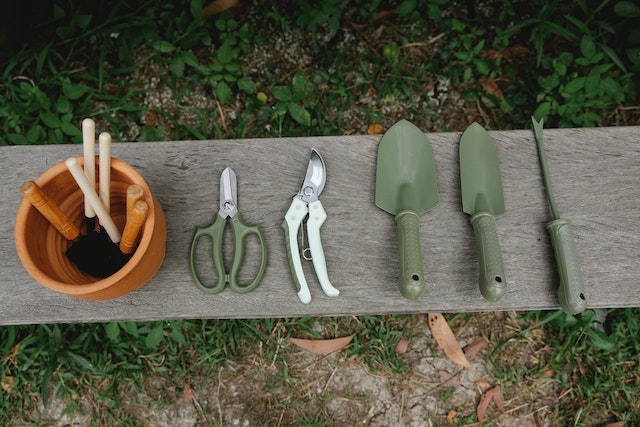
Propagation allows you to expand your collection of Philodendron Squamiferum, share cuttings with friends, or even rescue a struggling plant. This section of the article will shed light on two commonly employed methods of propagating Philodendron Squamiferum: stem cutting and air layering.
A. Stem Cutting
Stem cuttings are the most popular and straightforward method of propagating Philodendron Squamiferum. For best results, follow these steps:
- Select a Healthy Stem: Choose a healthy branch with at least one leaf node, remembering to opt for a stem without evident signs of damage or disease.
- Take a Cutting: Using sterilized pruning shears, carefully cut a 4-6 inch (10-15cm) piece from the stem, ensuring you include at least one leaf and a leaf node in your cutting.
- Preparation: Remove the lower leaves from the cutting, leaving 1 or 2 leaves at the top, and set the cutting aside for a couple of hours to let the cut end “callus” or dry slightly.
- Rooting Process: The rooting process has two options: in water or in soil. For water-rooting, place the cut end into a jar or glass of water, making sure the leaf node is submerged but the leaves remain above water. If you prefer to root directly in soil, plant the cutting in a well-draining soil mix, burying the node just below the surface.
- Provide Care: Place the newly planted cutting in a warm and humid environment, maintaining bright, indirect light. It would be best if you also misted the cutting with water regularly to improve humidity.
- Monitor Growth: Roots should develop within two to four weeks. Be patient and monitor the cutting’s progress; once well-established roots are visible, you can transplant the cutting into a larger pot.
B. Air Layering
The air layering technique, while a bit more challenging, significantly increases the probability of a successful propagation. Here’s how you can try it:
- Prepare: Choose a healthy branch on your Philodendron Squamiferum and create a small upward incision on the stem, right below a leaf node.
- Rooting Hormone: Apply a rooting hormone, like powdered or liquid hormones, to the cut to encourage root growth.
- Wrapping: Wrap a small ball of damp sphagnum moss around the incision and cover it with plastic wrap, securing it in place with twist ties or a piece of string.
- Monitor: Check on the progress periodically; once you see a significant root growth through the moss (which may take a few weeks), you can sever the new plant’s stem below the moss ball and pot it in a well-draining soil mix.
Common Problems and Solutions of Philodendron Squamiferum
Despite your best efforts, Philodendron Squamiferum can sometimes experience a few common issues. However, armed with knowledge about these problems and their solutions, you won’t need to panic. Let’s delve into understanding these issues and their respective resolutions.
A. Yellowing Leaves
One common issue you might face with Philodendron Squamiferum is yellowing leaves. This is typically a classic sign of overwatering, where the plant’s roots are waterlogged and are unable to take up oxygen effectively.
Solution: Dial back on watering, and make sure that the soil has dried out appropriately between waterings. If the plant sits in a pot without drainage holes, consider repotting it into one that allows excess water to escape.
B. Drooping or Limp Leaves
Drooping or limp leaves often indicate that your plant is thirsty and needs more frequent watering.
Solution: Increase your watering frequency while maintaining a well-drained soil medium. Adjust your schedule accordingly to avoid severe drying out periods.
C. Brown Leaf Tips and Edges
Brown leaf tips and edges can be a sign that your Philodendron Squamiferum is not getting enough humidity.
Solution: Increase the humidity around your plant. You can achieve this by placing the pot on a pebble tray filled with water, regularly misting the plant, or using a portable humidifier. Remember, Philodendron Squamiferum hails from a tropical environment, so it favors higher humidity levels.
D. Slow Growth or Lack of Foliage
Slow growth or a lack of new leaves can be a sign of insufficient light or nutrients.
Solution: Firstly, ensure your plant is receiving bright, indirect light. Too little light could stunt its growth. Secondly, during growing periods, make sure you are providing a balanced, water-soluble houseplant fertilizer. Remember not to overdo it, though—a little goes a long way!
E. Pests
Occasionally, Philodendron Squamiferum can become a home to pests like spider mites, mealybugs, and aphids.
Solution: Regularly inspect your plant for any signs of pests and take immediate action if you spot any. Depending on the pest, you can remove them by wiping with a damp cloth or using an insecticidal soap or neem oil spray.
Frequently Asked Questions
In this section, we’ll address several common questions cultivators of Philodendron Squamiferum might have. Gaining insight into these FAQs can help you deepen your understanding and refine your care techniques for this beautiful tropical plant.
A. Is Philodendron Squamiferum a fast-growing plant?
Philodendron Squamiferum exhibits a moderate growth rate, although it might grow faster in ideal conditions that replicate its natural rainforest habitat. Providing adequate bright, indirect light, proper watering, high humidity, and feeding the plant with a balanced fertilizer during the growing season will encourage healthier and potentially faster growth.
B. Can Philodendron Squamiferum survive in low light?
While Philodendron Squamiferum prefers bright, indirect light, it can tolerate lower light levels. However, you may notice slower growth and smaller leaves in low-light conditions. To keep your plant healthy and thriving, ensure it receives a sufficient amount of bright, indirect sunlight each day.
C. Are the stems of Philodendron Squamiferum strong enough to support the plant, or do I need to stake or trellis it?
Given that Philodendron Squamiferum is a climbing or vining plant in its natural habitat, providing some support—such as staking or using a trellis or moss pole—can be beneficial. Providing support mimics the plant’s natural growth habit and prevents stems from becoming entangled or putting excessive weight on other parts of the plant.
D. Is Philodendron Squamiferum toxic to pets?
Yes, Philodendron Squamiferum is toxic to pets and humans if ingested. The plant contains calcium oxalate crystals, which can cause irritation, swelling, and difficulty swallowing. It’s crucial to keep your plant out of reach of pets and young children who might chew on the leaves.
E. How often should I repot Philodendron Squamiferum?
Philodendron Squamiferum typically requires repotting every 1-2 years or when you notice that it has outgrown its current pot. When you repot, choose a container that is 1-2 inches larger in diameter than the current pot to allow room for root growth. Be sure to use a well-draining soil mix during repotting to ensure continued plant health.
In conclusion, developing a thorough understanding of Philodendron Squamiferum will greatly enhance your ability to care for it. By answering these common questions and providing essential information about the plant, you can further appreciate the fascinating qualities and requirements of this tropical beauty. Armed with this knowledge, you’ll be better equipped to help your plant flourish, making both you and your Philodendron Squamiferum much happier.

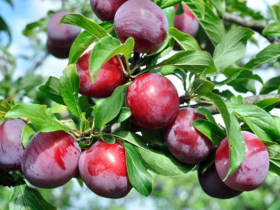
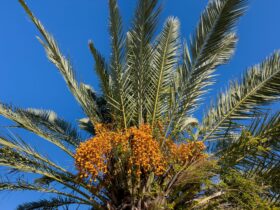

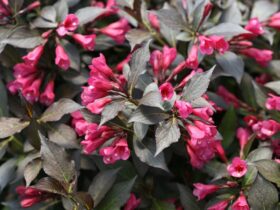
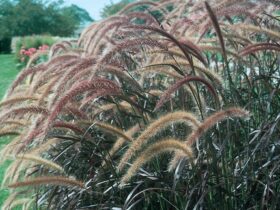
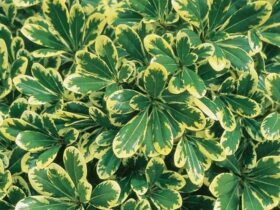

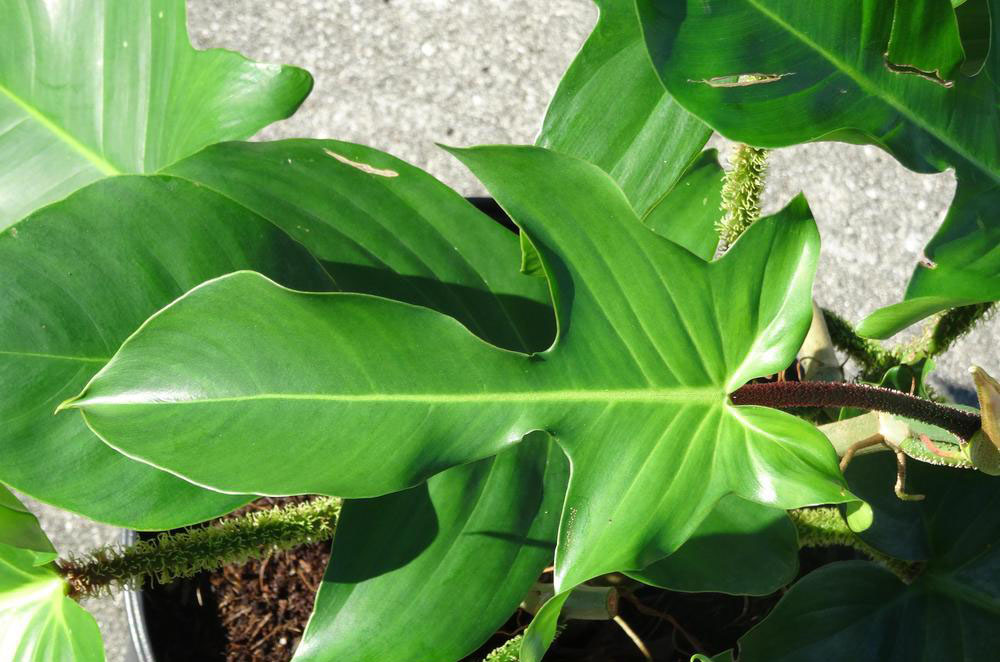
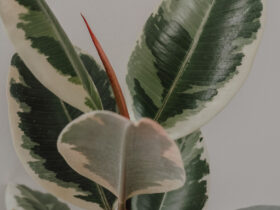

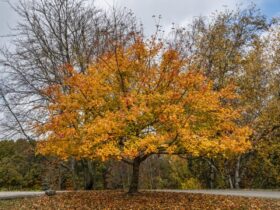
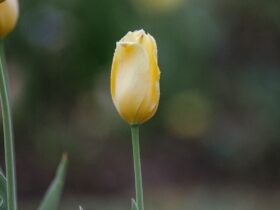
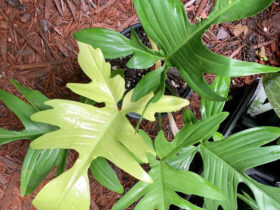
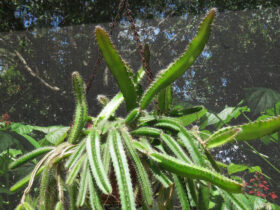
Leave a Reply